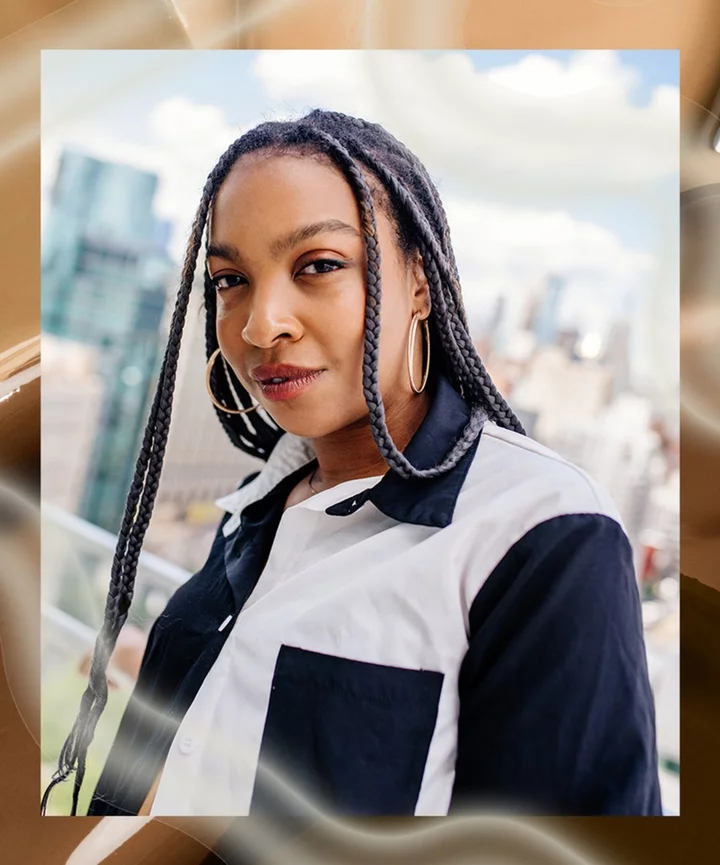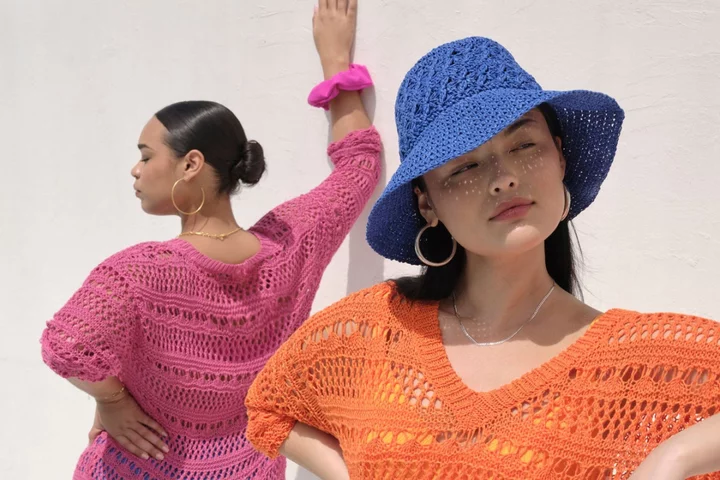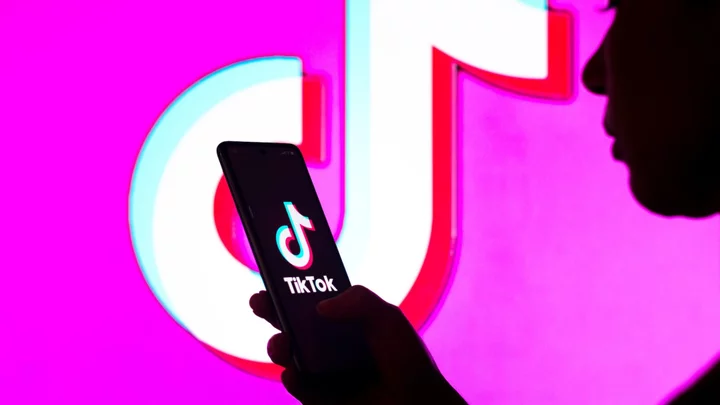It’s not really a secret that video is everything right now, at least when it comes to social media. If a picture is worth a thousand words, then a video is worth a million — but capturing great video is definitely not as easy as a photograph. At least, not for me.
As someone who is new to video, I’ve struggled to find a decent, beginner-friendly camera that could make capturing high-quality video footage a little easier — without investing a ton of money into something I may or may not use again. I spent years debating over a new DSLR or mirrorless camera, noodling over a GoPro, and settling for my iPhone before I finally found a camera that gave me the convenience, portability, ease of use, and decent quality: the DJI Pocket 2.
SEE ALSO: Shop the best camera deals for Prime DayWhat is the DJI Pocket 2?
The DJI Pocket 2 is a three-axis stabilized camera that promises 64MP photos and 4K video all in a device small enough to slip into your pocket. Slightly shorter than the length of my hand, this camera is shockingly lightweight, and it uses motorized gimbal stabilization to produce smooth, steady footage on the go. With an upgraded 1/1.7-inch sensor, the DJI Pocket 2 comes equipped with a 20mm f/1.8 lens capable of 8x zoom — and has four built-in microphones — packing a powerful audio and video experience into a tiny little device.
The DJI Pocket 2 is roughly the size of a hand, making it super portable. Credit: RJ Andersen / MashableUsing the DJI Pocket 2 is pretty easy
Straight out of the box, I was more than impressed with the DJI Pocket 2. It’s almost smaller than I expected, but after reading through the quick start guide and charging up the device, I popped in a microSD and started playing around with the device.
The camera itself is incredibly easy to use. Just power on the device, hit record, and voila. Within seconds, you’ll be capturing incredible video footage on a device that looks nowhere near capable of this kind of quality. The only downside, however, is the touchscreen menu. A swipe in any of the four directions pulls up a different menu option, which means exploring the DJI Pocket 2’s capabilities was a little confusing right out of the gate. It’s nothing too complicated — especially for anyone who is at least somewhat familiar with different camera options — but I still found myself forgetting where certain settings lived even after a few days of playing with the camera.
Once you’ve captured your photos or video, you have a few options for reviewing your footage. First is the easiest: Simply plug your device into your computer using a USB-C cable, open the folder on your computer, and select the files you want to view and save.
If you have a microSD reader, it’s even easier to simply eject the card from your DJI Pocket 2, insert it into your reader, and go from there, but this isn’t something most beginners will have access to, so I recommend sticking with the first option or trying option three.
If you don’t have a computer or want to view the footage on your phone, the DJI Pocket 2 comes with a detachable lightning or USB-C smartphone adaptor that allows you to plug the DJI Pocket 2 directly into your phone. From there, you can view the footage using the free DJI Mimo app, an all-in-one companion app that allows you to capture, edit, and download photos and videos directly on your phone.
The video quality is surprisingly good for such a small device. Credit: RJ Andersen / MashableThe DJI Mimo App is pretty rough
While I loved being able to plug the DJI Pocket 2 into my iPhone, the app itself was a little clunky. It was cool to use the HD live view, a feature that essentially turns your phone into a larger preview screen for recording, but the app itself was a little glitchy and difficult to navigate. There were several times where I couldn’t get the app to “recognize” the DJI Pocket 2 once it was plugged into my phone, and the app crashed several times.
The app also features built-in editing tools, like a much-hyped AI editor, that allow you to edit your footage on your phone, but I found myself preferring to pull the footage into another editor on my phone or computer rather than using the DJI Mimo app. It wasn’t a terrible experience by any means, but it wasn’t exactly good either. For such a powerful little camera, I felt like the companion app definitely doesn’t do it justice.
My videos were better than I expected
Right away, I was impressed by the video quality produced by the DJI Pocket 2. This was my first time using a gimbal-stabilized camera, and the super-smooth footage quality was way better than anything I’d been able to get with my iPhone 11 Pro. Straight away, I could see myself using the DJI Pocket 2 as a vlogging camera, especially when hiking or traveling, because it’s a great portable camera that manages to be lightweight and relatively easy to use without sacrificing video quality.
Personally, I didn’t love using the DJI Pocket 2 to shoot video of myself, but that might have more to do with my own reluctance to be on camera versus the device itself. I did play around with the built-in “glamour effects,” which can be customized with the DJI Mimo app to slim, smooth, brighten, and adjust your appearance similar to a video filter, but I’m not a huge fan of touching up video, so it wasn’t anything I used regularly.
And as far as low-light recording? I used the DJI Pocket 2 on a trip to New Orleans, and the footage of our night out in the French Quarter was pretty good. There was some minor pixelation, but it was definitely better than the similar footage I shot with my iPhone.
More impressive than the low-light video quality, however, was the audio. Because the DJI Pocket 2 has four built-in microphones that capture 360-degree sound, the audio was incredibly crisp and full — way better than my iPhone. This was noticeable both with music playing in a nightclub and walking around on the street, but I will say that it picked up a fair amount of wind outdoors.
I didn’t use the camera to shoot many photographs, even though the DJI Pocket 2 is capable of shooting both JPEG and RAW photographs, because while the image stabilization is excellent, it just didn’t feel “worth it” to fiddle with the device to capture a single photo. The device’s built-in screen was too small to be super useful for setting up the frame, and plugging it into my iPhone — and waiting for the companion app to connect — was just too much work compared to taking the photo with my iPhone itself.
The battery life is OK
Aside from the lackluster companion app, the DJI Pocket 2’s biggest downside is the battery life. The camera boasts a 140-minute recording battery life, but it didn’t last quite that long in my experience. This was especially true when I was shooting in 4K, which also caused the device to get pretty hot while I was recording.
Thankfully, the device charges relatively quickly, which was a nice perk, but I’d definitely recommend investing in a power bank if you’re planning to make the most out of this camera.
Is the DJI Pocket 2 worth the price?
At $349, the DJI Pocket 2 is a decent price, and it offers quite a few benefits both for serious and casual users. Obviously, the camera size and portability is a huge plus, making it a great option for shooting spontaneous footage or b-roll. However, it’s not quite as durable (or waterproof) compared to other portable cameras like the GoPro, and you can’t swap out different lenses. DJI does sell a magnetic wide-angle lens separately, but that’s not a ton of versatility for those who want more out of their cameras.
For beginners, the biggest selling point of the DJI Pocket 2 is definitely the image stabilization. The footage quality itself might not be noticeably different from a good iPhone camera, but once you see that gimbal-stabilized video, it’s hard to go back. Plus, the Active Track feature makes it easy to follow the subject of your video, allowing even the most inexperienced videographers the ability to capture better-quality, cinematic footage with ease.
That said, I’m on the fence about whether or not I’d recommend the DJI Pocket 2 to everyone. I absolutely love the little camera, and if you’re interested in vlogging or upping your video quality, then definitely buy it. If you’re on the fence, however, it depends on how much you plan to use it. If I were posting on YouTube regularly or a more experienced videographer, I’d definitely want this camera. But as a beginner who doesn’t shoot a ton of video? I’d probably stick with my smartphone.









